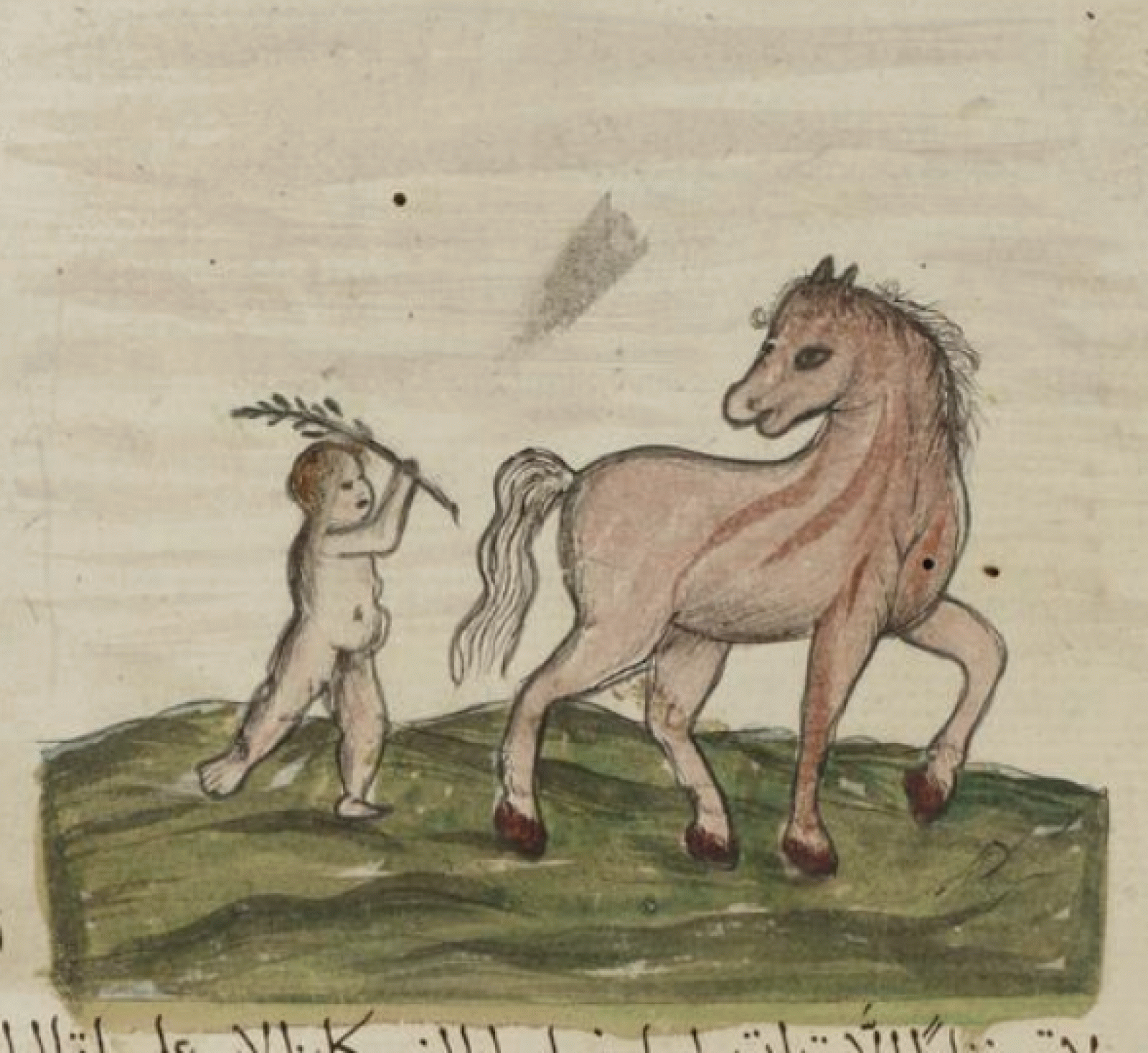Research
Plants and Animals on the Move: The Global Connections of Early Modern Islamic Manuscripts
Melis Taner

Ibn Fadl Allah al-Umari, Masalik al-Absar fi Mamalik al-Amsar, 1710, University of Pennsylvania Libraries, Lawrence J. Schoenberg Manuscripts 447, fol. 2r.
The project investigates the entangled networks of cultural, artistic, and political exchanges that developed around an early 17th century manuscript of a volume in the encyclopaedia of Mamluk scholar Ibn Fadl Allah al-Umari (d. 1349). The manuscript, prepared for an Ottoman patron, contains paintings of plants and animals whose technique of execution suggests a connection with European botanical and zoological prints. One of the possible sources of inspiration is the commentary on “Dioscorides' De Materia Medica” by Italian naturalist Pietro Andrea Mattioli. For its part, Mattioli became aware of the manuscript known as the “Vienna Dioscorides” through the mediation of Flemish diplomat Ogier Ghiselin de Busbecq, who had extensive contacts with Constantinople. The network becomes even more intricate when we consider the existence of another copy of the botanical and zoological volume of al-Umari's encyclopaedia, which was written in 1710 in Aleppo by a Christian scribe. What is curious about this manuscript is that it replicates (though in a cruder style) the illustrations of the Topkapı manuscript. Interestingly, a third, undated compilation (including, among the others, Avicenna's Canon of Medicine, Ibn Baytar's Mufredat, and al-Kuhin al-Attar's Minhaj al-Dukkan) replicates some of the paintings from the Topkapı manuscript; this compilation, too, is copiously illustrated in a somewhat Europeanizing style. Taking these three manuscripts as the basis for her investigation, Taner examines them in relation to both European material and earlier botanical and zoological manuscripts from the Islamic tradition. By doing so, she intends to shed light on little known aspects of the intersection of art and nature, while arriving at a more conclusive account of the interactions between Europe and the Ottoman lands.
This project is part of the Research and Fellowship Program 4A Laboratory: Art Histories, Archaeologies, Anthropologies, Aesthetics, a cooperation between the Kunsthistorisches Institut in Florenz and the Stiftung Preußischer Kulturbesitz.


